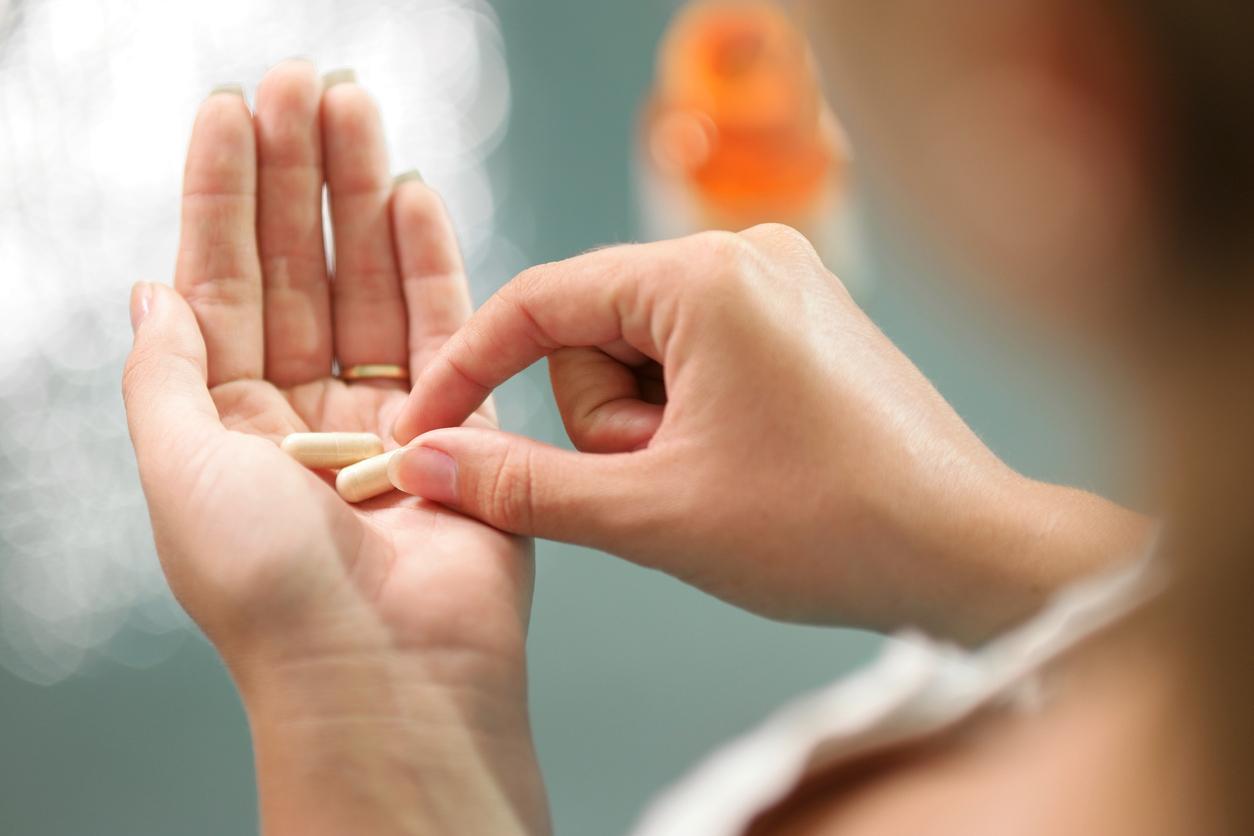
June 21, 2011 – A dosage of 3,000 IU to 6,000 IU of vitamin D per day is recommended for adults with obesity, which is 5 to 10 times the intake suggested by the Institute of Medicine, in the States -United (IOM). This is what the authors of a document propose 1 published by The Endocrine Society (TES)2.
“Obese people are at high risk of deficiency, because their body fat traps vitamin D and prevents it from circulating in the blood”, specifies Professor Michael Holick, who chaired the working committee of the TES and who is a recognized expert in vitamin D.
In particular, one study showed that after exposure to artificial light or taking a massive dose of vitamin D, the blood level of vitamin D in obese people increased by only 50% compared to that of people of normal weight.3.
The TES guidelines are the same for patients taking certain drugs that reduce vitamin D metabolism (antiepileptics, antifungals, glucocorticosteroids, cholestyramine, AIDS treatments).
The maximum dose of vitamin D
IOM4 limits the maximum daily dosage of vitamin D to 3000 IU for children and 4000 IU for adults. The authors of the report consider that it is safe to take up to 4000 IU per day for young people over 8 years and 10,000 IU per day for adults. “Vitamin D is not toxic at these doses since we know that the body makes a lot more when exposed to the sun,” says Michael Holick, who is also a professor at the School of Medicine at the University of Boston.
|
Maternity and vitamin D TES guidelines recommend an intake of 1,500 to 2,000 IU per day of vitamin D for pregnant and breastfeeding women. “Most of these women are deficient in vitamin D, even if they take a multivitamin that provides 400 IU per day,” says Michael Holick. |
The correct blood level
The authors of the report also question the blood level of vitamin D deemed adequate by the IOM, which set it at 50 nmol / l5. Instead, they recommend 75 nmol / l. “It is the minimum level of vitamin D that helps ensure good bone and muscle health,” says Michael Holick.
When there is a deficiency, ie less than 50nmol / l, TES guidelines provide for massive weekly doses of 50,000 IU of vitamin D for 8 weeks.
Experts argue that vitamin D blood levels should be routinely measured in obese people as well as in people of black color, Hispanic origin, the elderly with fractures and patients with osteoporosis.
“Unlike IOM, we believe vitamin D deficiency is very common. As these guidelines provide recommendations for doctors to detect and treat it, they are a major step forward for patients at risk, ”underlines Michael Holick.
Like the TES, several experts consider the recent IOM guidelines on vitamin D, issued in November 2010, to be far too conservative.6. Renowned researchers have accused the organism of immobility harmful to the health of the population, in a scientific journal specializing in public health7.
Françoise Ruby – PasseportSanté.net
1. This document provides guidelines for physicians to assess, treat and prevent vitamin D deficiency: Holick MF, Binkley NC et al. Evaluation, Treatment, and Prevention of Vitamin D Deficiency: an Endocrine Society Clinical Practice Guideline.. J Clin Endocrinol Metab. 2011 Jun 6. Full text: www.grassrootshealth.net
2. The Endocrine Society is an international group of experts in endocrinology that publishes The Journal of Clinical Endocrinology and Metabolism.
3. The Institute of Medicine is the body responsible, among other things, for setting the recommended intakes of vitamins and minerals in the United States and Canada.
4 Wortsman J, Matsuoka LY et al. Decreased bioavailability of vitamin D in obesity., Holick MF 2000. Am J Clin Nutr 72: 690–693. Full text: www.ajcn.org
5. The level of 25 hydroxycholecalciferol (25 (OH) D) should be measured.
6 See on this subject our new Vitamin D: a recommended intake on the rise, but is it enough ?.
7. Vitamin D – The big D-bate, Public Health Nutr. 2011 Apr. Editorial and responses.















